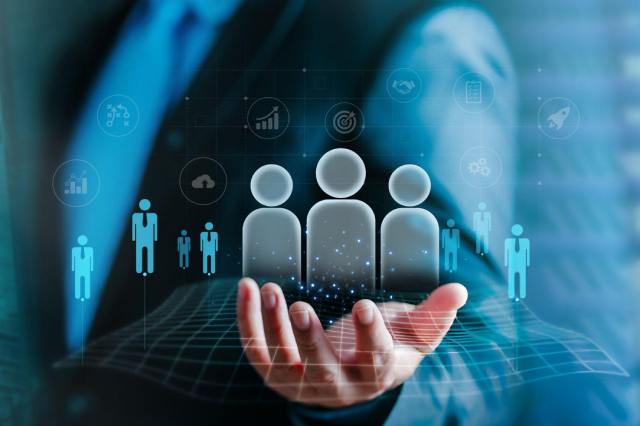


In the fast-paced world of retail, effective inventory management is crucial for success. As consumer expectations evolve and technology continues to advance, the way retailers manage their inventory must also adapt. Traditional methods of inventory management, while still relevant, are being supplemented or replaced by innovative approaches that offer greater efficiency, accuracy, and responsiveness. In this blog, we’ll explore some of the most significant evolving trends in retail inventory management and their implications for the future of retail.

Inventory obsolescence is a significant challenge in the retail industry. When products become outdated or unsellable, they tie up capital, occupy valuable storage space, and can lead to substantial financial losses. Effective management of inventory obsolescence is crucial for maintaining a healthy cash flow, optimizing inventory levels, and ensuring that the product mix meets current market demands. This blog will explore the causes of inventory obsolescence, the impact it can have on retail businesses, and strategies to manage and mitigate its effects.

Gross Margin Return on Investment (GMROI) is a vital metric for retailers and wholesalers in the UAE, where efficient inventory management and profitability are key to success in a competitive market. GMROI measures how much gross profit is generated for every dirham invested in inventory, helping businesses understand the effectiveness of their inventory investments. In this blog, we'll explore the concept of GMROI, its significance in the UAE retail and wholesale sectors, and strategies to improve it.

In the fast-paced world of retail, where customer demands, product offerings, and competitive pressures are constantly evolving, maintaining operational efficiency is crucial. Workflows and Standard Operating Procedures (SOPs) are foundational tools that help retail businesses streamline their operations, ensure consistency, and deliver a superior customer experience. This blog delves into the importance of workflows and SOPs in the retail sector, how they contribute to operational success, and practical steps for developing and implementing them effectively.

The introduction of Value Added Tax (VAT) in the United Arab Emirates (UAE) on January 1, 2018, marked a significant shift in the country's fiscal policy. As part of the Gulf Cooperation Council's (GCC) efforts to diversify revenue sources away from oil, VAT has become a crucial component of the UAE's economic framework. This blog aims to provide a comprehensive guide to understanding VAT in the UAE, including its implementation, impact on businesses, compliance requirements, and its broader economic implications.

In an era of rapid technological advancements, globalization, and evolving market dynamics, businesses must continuously adapt to remain competitive. At the heart of this adaptation is human capital—an organization's most valuable asset. Human capital re-engineering involves the strategic transformation of an organization's workforce to better align with its goals, enhance productivity, and foster innovation. This blog explores the concept of human capital re-engineering, its importance, key components, and practical steps to effectively implement it within an organization.

Supply Chain Management (SCM) is a cornerstone of business success, particularly in the Gulf Cooperation Council (GCC) region, which includes Saudi Arabia, the United Arab Emirates (UAE), Qatar, Kuwait, Oman, and Bahrain. The GCC is known for its dynamic business environment, rapid economic development, and strategic location as a global trade hub. Managing supply chains in this region requires a deep understanding of its unique market dynamics, logistical challenges, and regulatory landscape. This blog explores the intricacies of supply chain management in the GCC, highlighting the key factors that influence operations and strategies for optimizing efficiency.

In today's digital age, enterprises are increasingly reliant on technology to drive their operations, enhance customer experiences, and maintain a competitive edge. However, this growing dependence on digital systems also exposes organizations to a wide array of cyber threats. From data breaches to ransomware attacks, the risks are numerous and can have severe consequences for businesses, including financial loss, reputational damage, and legal liabilities.

In today's fast-paced and technology-driven business environment, effective asset management is crucial for organizations aiming to maximize their operational efficiency, reduce costs, and maintain competitive advantage. Asset management involves tracking and managing an organization's assets throughout their lifecycle, from acquisition to disposal. With technological advancements, businesses can now leverage a range of tools and solutions to streamline this process, improve decision- making, and optimize asset performance.

Production overhead accounting is a crucial aspect of cost accounting that focuses on capturing and allocating the indirect costs associated with manufacturing a product. Unlike direct costs such as raw materials and direct labor, production overhead includes expenses that cannot be directly traced to a specific product but are essential for the production process. These indirect costs, often referred to as manufacturing overhead or factory overhead, play a significant role in determining the total cost of production and pricing strategies.